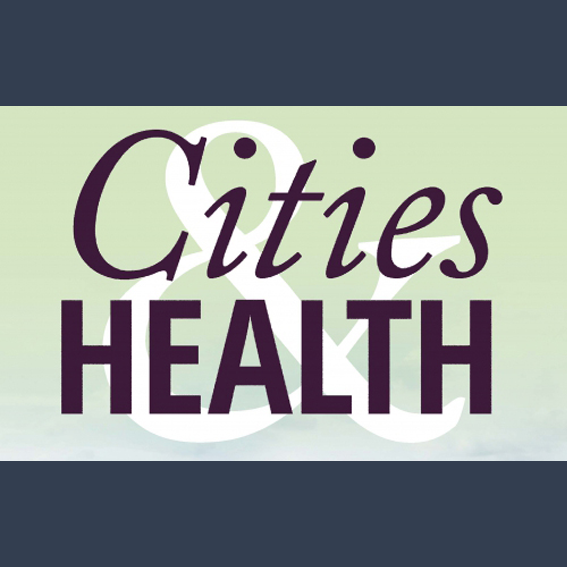Local communities use of urban greenspace and engagement with a wayfinding intervention
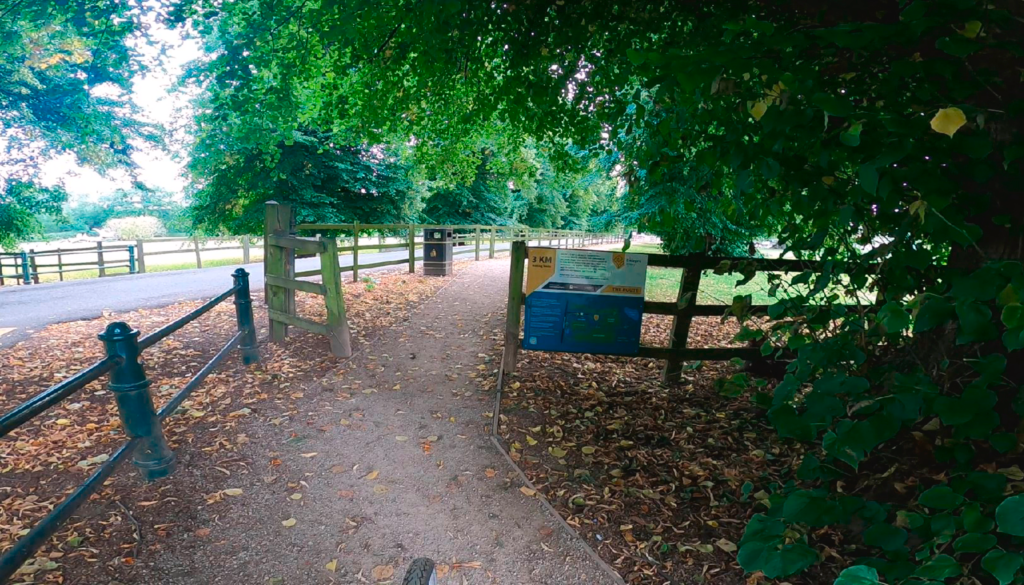
Wayfinding interventions offer a viable, low-cost, intervention to increase recreational walking in urban greenspaces for irregular users, older adults and those with mobility impairments.
Rising double burden of malnutrition in cities of Maharashtra, India
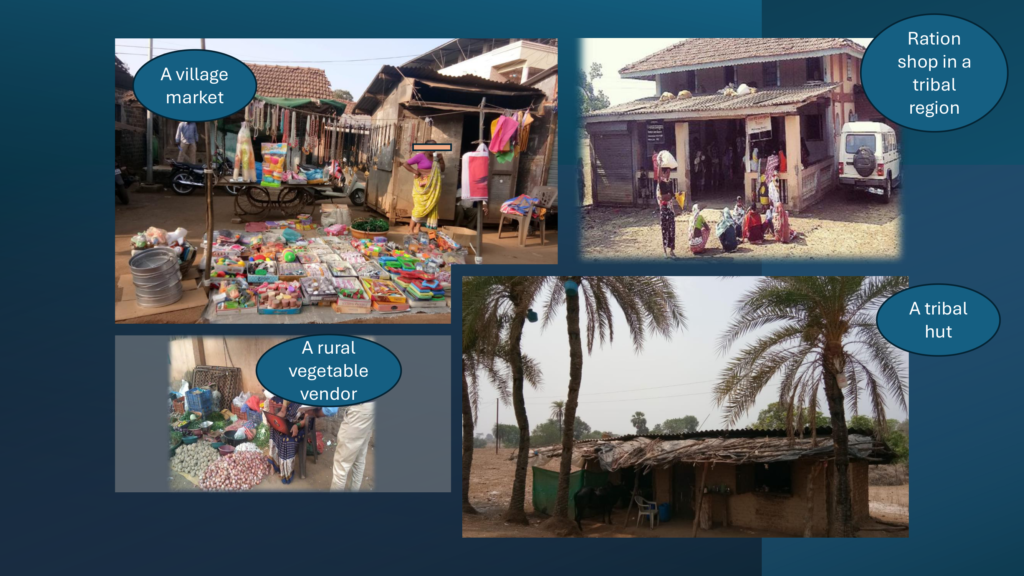
Overweight and obesity among mothers in the urban setting was twice compared to the rural. The percentage of households with an undernourished child and an overnourished mother was high in urban settings.
Playing and age-friendly planning
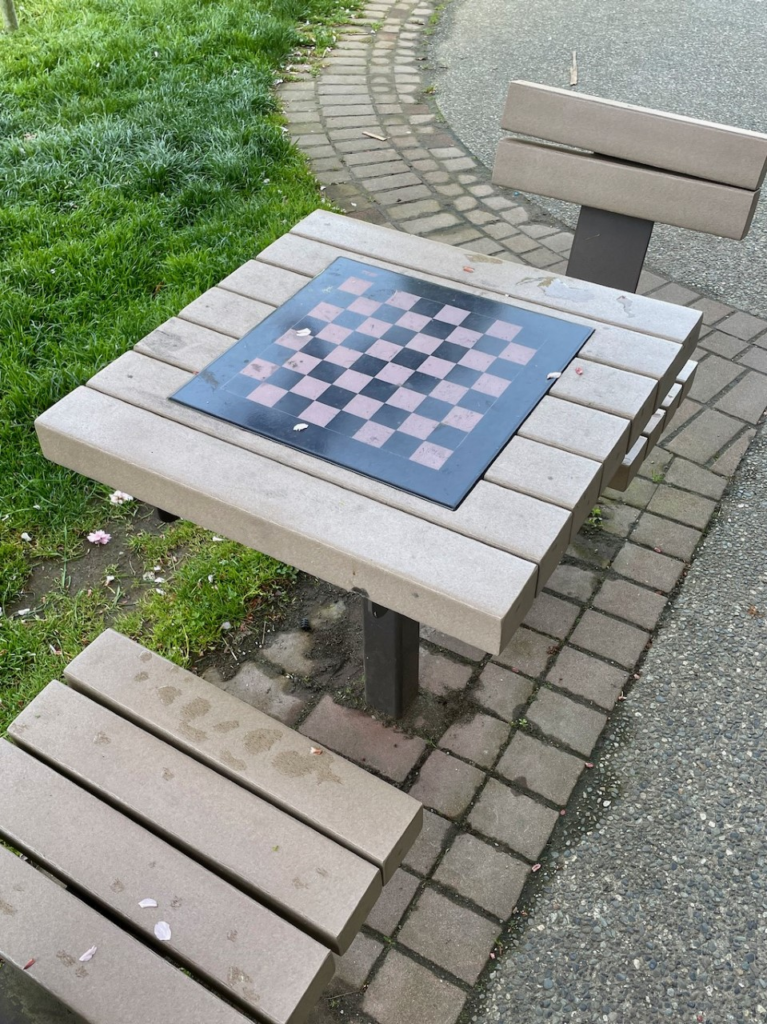
Why only plan for children’s play in cities? Play could support the health and wellbeing of older adults. Let’s reimagine age-friendly planning with play in mind.
Equitable access of children and seniors to urban green spaces
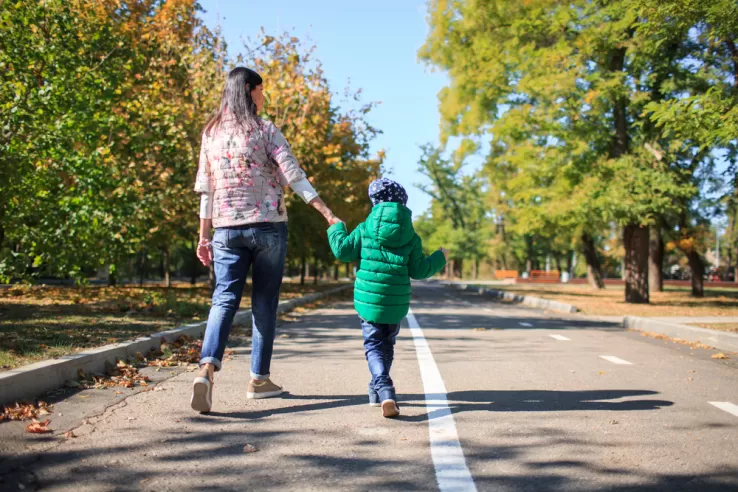
Access to green spaces and a walkable neighborhood are essential for maintaining good health, particularly for vulnerable populations. Thus, it is imperative to ensure that individuals have the opportunity to reside in neighborhoods that are not only walkable, but also equipped with adequate green spaces conveniently located within a reasonable walking distance.
Calling for sincere communications between the producers and the users of urban places in post-pandemic placemaking
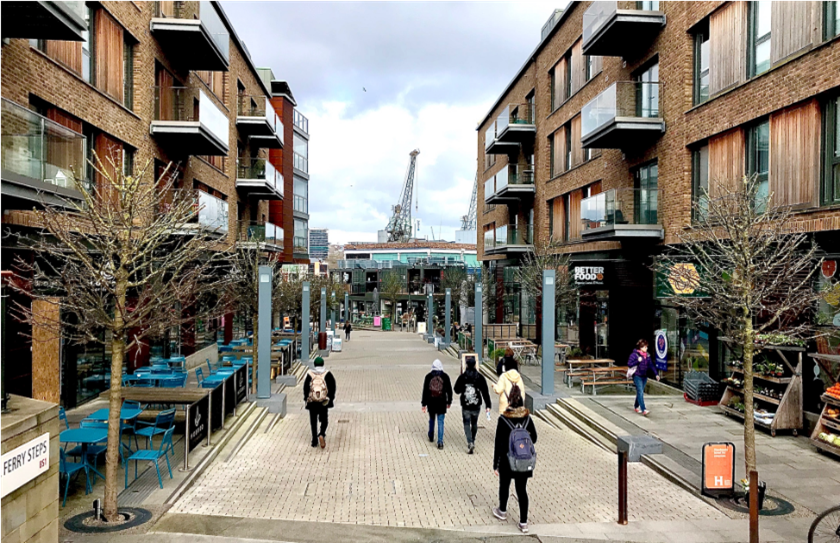
This paper investigates how the project development of Wapping Wharf in Bristol impacted the dwellers’ well-being. It finds that the relationship between urban placemaking and dwellers’ wellbeing is not just constitutive, but also mutually reinforcing.
The demand of hospital users for improved green infrastructure and their willingness to pay

This work unveils the heterogeneous preferences of different hospital users for green infrastructure improvements that could improve their health and wellbeing. Moreover, it shows that distinct motivations determine their demand for spending time outdoors and their willingness to pay for these improvements.
Young people’s views of their local area related to the 20-minute neighborhood policy
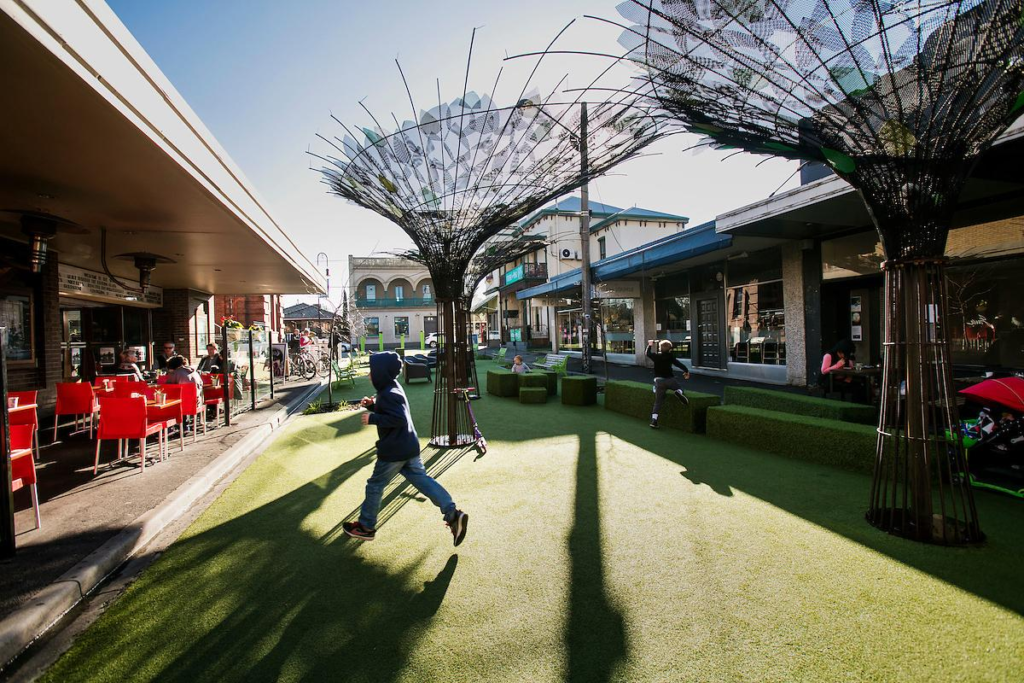
Young people are satisfied with many aspects of their local area except for active travel to school and for those living in rural areas. There was strong correlation between living in more crime prone areas and feeling unsafe.

